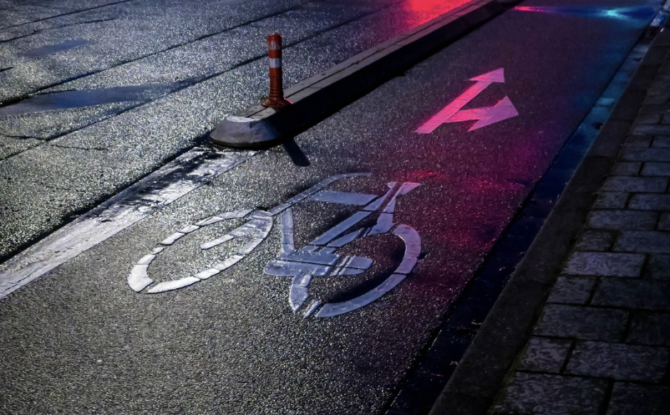From PasadenaCSC.org
Pretending otherwise denies the experience of thousands of local residents.
I don’t really like Impossible Burgers. I think they taste funny.
But when restaurants include vegetarian options on their menu, it makes those businesses more inviting for vegetarians, so they can end up serving more people.
When buildings include ramps or elevators in addition to stairs, it makes the facility accessible to more people.
When signs and instructions are written in multiple languages, it makes the message available to more people.
In today’s world, most people prefer our restaurants, libraries, and schools to be accessible to a wide range of people. Vegetarian options, wheelchair ramps, and inclusive policies are all good examples of things that make a place more accessible and welcoming to a wide range of people.
In general, creating more options for access and inviting in more people is the American way when designing public spaces and when we think about our businesses and institutions.
Our transportation system, though, is a strange exception to this. For some reason, public officials often prefer LESS accessible streets, with FEWER options for who can use them and how. Even baby steps toward making our streets more diverse leads some people to complain.


